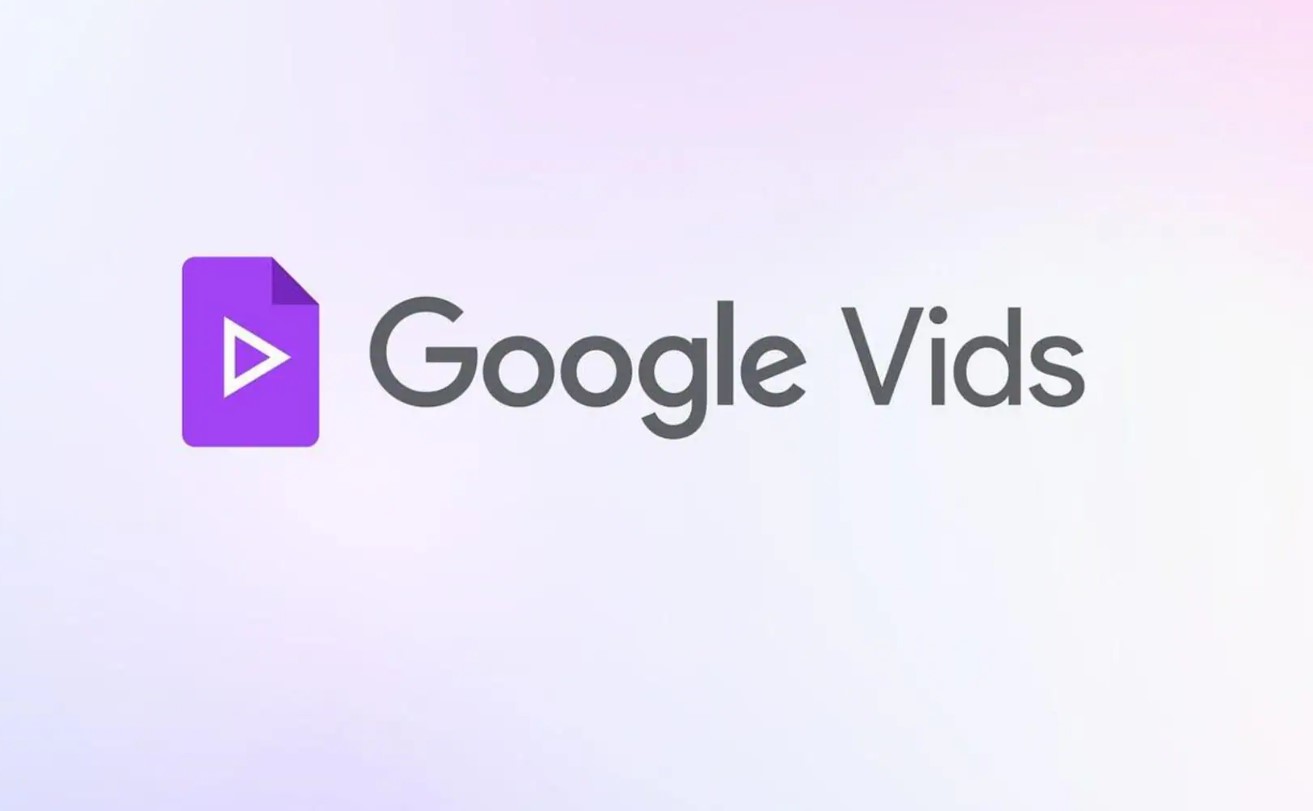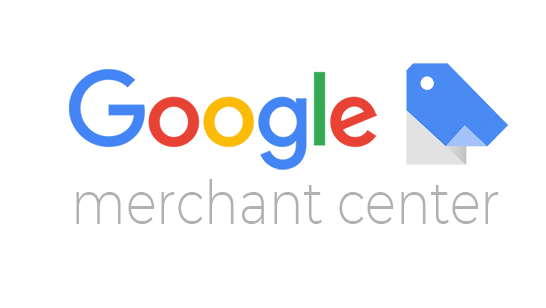Published by NewsPR Today | August 2025
Twenty-five years ago, people would have laughed at you. If you said machines would write books and paint pictures. Now it’s happening. AI has moved into our daily lives. It’s changing how many industries work.
It’s even changing how humans create art. The biggest story in tech right now? Generative AI. This is a machine so smart that a simple request creates entire worlds of new digital content.
Forget old AI that just sorts spam or picks Netflix shows. This new AI actually makes things. Type “paint a sunset like Van Gogh” and wait a few seconds. You get a landscape that looks like the famous artist painted it. But it’s made by a computer.
Ask it to “write a story about time travel” and you get a complete plot. With characters, conflict, and emotion. The machine isn’t just copying. It’s creating.
This changes how we think about computers. For years, computers just stored and sorted human data. They gave it back to us in neat piles. Now we see something new. Computers that don’t just hold human ideas. They move them around. They mix them up. They bring them to life.
Related Article: Anthropic to Provide AI Tools to US Government for Just $1 per Agency, Intensifying AI Market Competition
How Does This Magic Work?
What powers this technology that seems to create from nothing? Generative AI is a special type of computer program. It’s built to make new content that looks and feels human-made. Think of it as a very smart student. One who has read every book, seen every painting, and heard every song. After learning from all these examples, it can make new works. These new pieces echo the old styles but are completely original.
The learning starts with huge amounts of data. These systems don’t just read a few famous books. They absorb millions of text pieces. From classic plays to viral social media posts. From research papers to everyday tweets. They study millions of images too. Everything from old paintings to phone photos. They listen to all kinds of music. From ancient chants to modern electronic beats. They even read computer code. Good code, bad code, and everything in between.
The AI doesn’t work like a simple storage box. It’s an active learner. It finds hidden patterns that even experts miss. It learns the tiny rhythm changes that make Shakespeare’s poems feel emotional. It discovers the color combinations that make Monet’s paintings seem to glow. It figures out the musical patterns that make Bach’s music so complex yet beautiful.
The AI learns the invisible rules of creativity itself.
After learning these patterns, the system can make new works on request. When asked to write a poem about fall, it doesn’t copy an old poem. It creates something new. It uses the rules it learned from thousands of examples. It combines words, feelings, and images in fresh ways. The result feels real and emotional without being a copy.
This works through a neural network. It’s a layered system that copies some patterns from human brains. While a human brain has millions of connections, these AI systems can have billions or even trillions. This gives them huge power to store, search, and mix information.
Because of this size, the AI can copy the style of many different writers and artists. It takes wisdom from centuries of human work. Then it uses this knowledge to create new things.
What Can AI Create Today?
What Can AI Make Today?
AI is capable of writing, drawing, and even creating music. In just a few minutes, it can create videos, edit images, and create logos. AI is frequently used by writers to refine their work or generate ideas. Artists use it for new styles and sketches. It is used by filmmakers to expedite editing or plan scenes. With basic instructions, musicians can produce beats and entire songs. Beyond the arts,
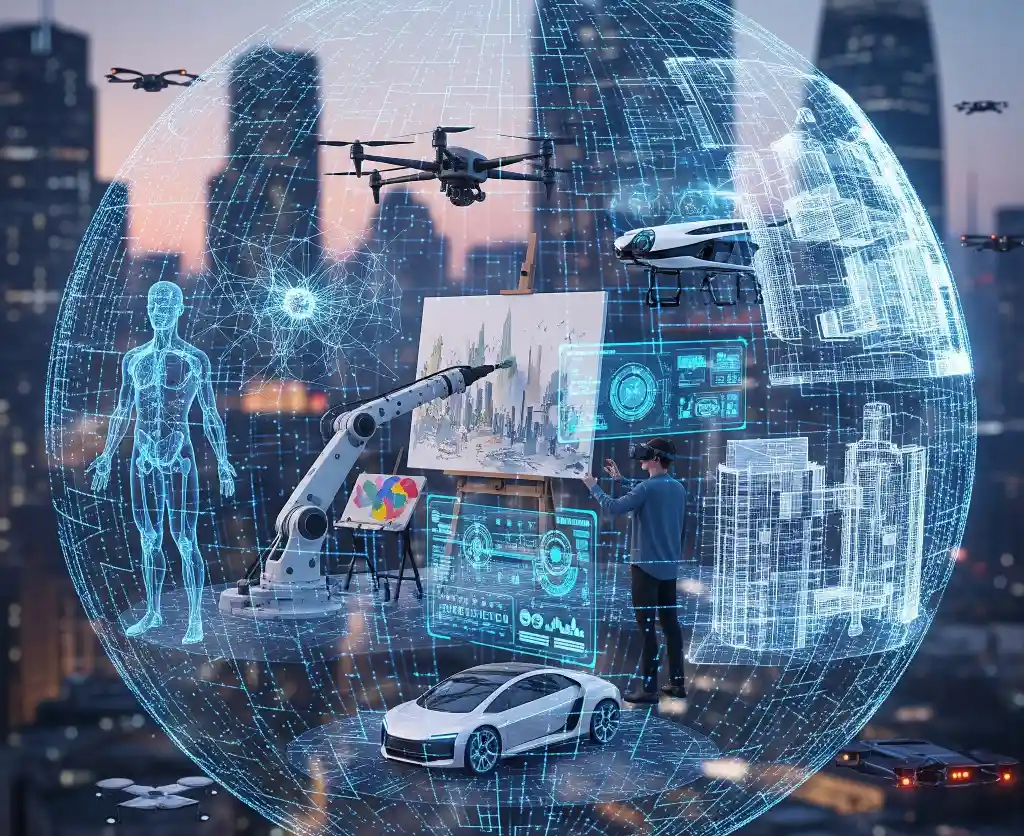
AI supports disciplines like research, marketing, and education. It can produce data summaries, study guides, and advertisements. It now takes seconds instead of hours. AI is a tool for practically every field due to its speed and range.
Writing: The Digital Author
The most prevalent type of generative AI is language models. They are capable of writing nearly anything, including research papers, news articles, advertisements, and manuals. In lengthy documents, they maintain a consistent tone. Additionally, they adapt to various readers and objectives.
Their handling of ambiguous language is what distinguishes them. They are able to distinguish between the various meanings of a word. They also comprehend humour, which is frequently based on astonishment or ingenious connections. They also understand that proper grammar is not the only requirement for good writing. It requires emotional appeal, rhythm, and clarity.
Today, people use AI writing tools in many ways. Students use them to draft essays or polish reports. Journalists turn to them for first drafts of articles. Marketers use them to test ad copy or email ideas. Authors explore them for plot outlines or character notes. Even busy workers rely on them to shorten long emails or write meeting notes.
A strong language model doesn’t just stack words together. It builds writing that informs, guides, and persuades.
Images: Digital Painting
Image creation has caught the public’s attention most. These systems can make photo-realistic pictures of people who don’t exist. They create fantasy worlds limited only by imagination. They make art in virtually any style ever developed.

They can combine things that have never been seen together. A Victorian astronaut. Medieval buildings with neon lights. The system learns visual ideas at many levels. From basic shapes and colors to complex compositions and artistic styles.
When you describe what you want, the system doesn’t search through existing pictures. It builds your image pixel by pixel. It uses its understanding of how visual elements work together to create meaning and beauty.
Sound and Music: The Computer Composer
AI has made big advances in audio creation. These systems can write original music in any style. They generate realistic speech in different voices and languages. They even create sound effects for movies or video games.
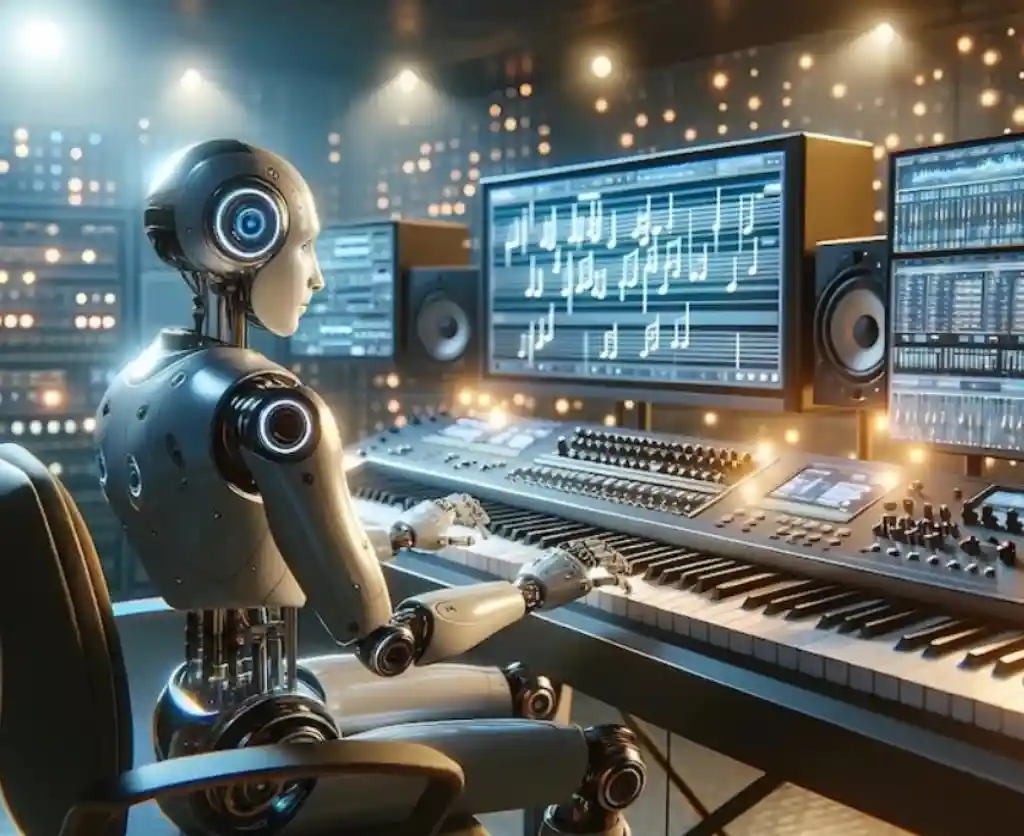
Some people are able to arrange a simple song for an entire orchestra. Others create background music that varies according to the scene’s mood.
The fact that music functions on multiple levels at once makes its creation especially fascinating. Structure, harmony, melody, and rhythm all combine to produce emotional impact. In order to produce musical meaning, AI systems need to comprehend not only individual notes but also how they blend together over time.
Code: The Programming Helper
Surprisingly, generative AI has demonstrated proficiency in writing computer code. These systems are able to comprehend programming issues that are expressed in simple terms. In dozens of programming languages, they convert them into functional code.
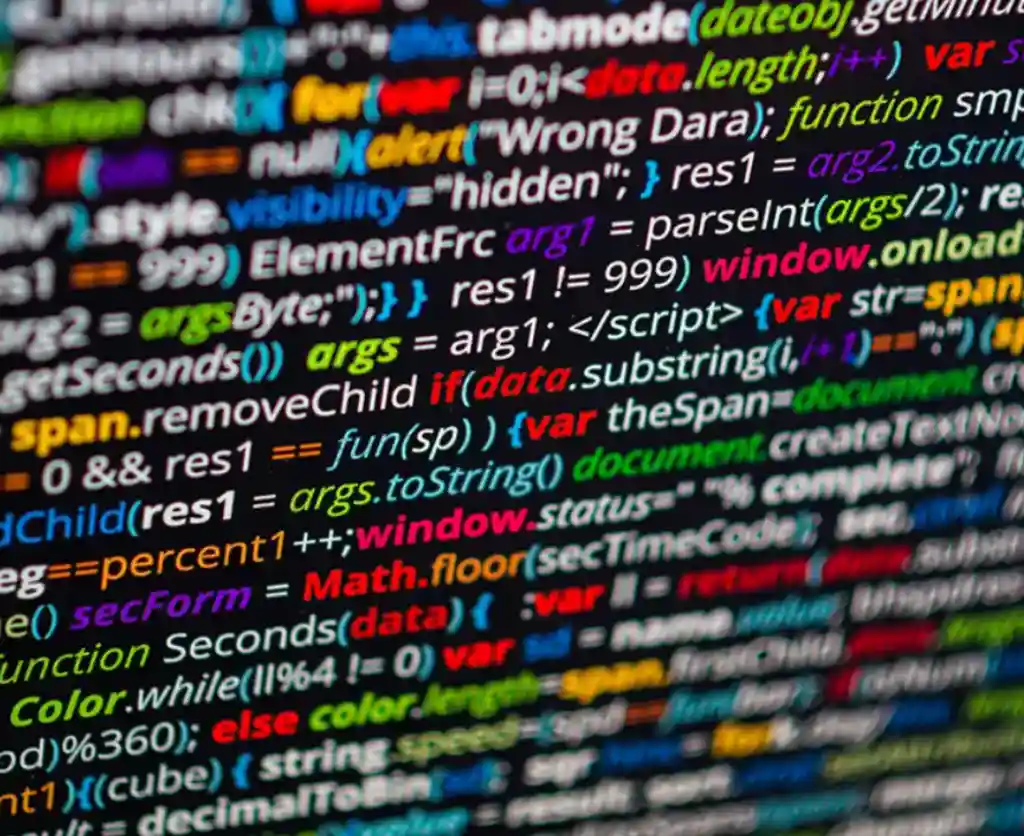
They can correct errors in already-existing programs. They describe the operation of intricate systems. They even offer suggestions for enhancements to make code easier to read or more effective.
Software development is significantly impacted by this. It might make programming easier for those without a lot of experience. It facilitates more productive work for seasoned developers.
Applications in the Real World: Where AI Is Helping Now
The transition from laboratory experiment to useful tool has occurred very quickly. Businesses from a variety of sectors are figuring out how to incorporate AI into their operations. Frequently with remarkable outcomes.
Content and Marketing
Early adopters included marketing firms and publishers. These days, AI aids in the creation of customised email campaigns. It creates product descriptions for internet retailers. It supports first drafts and research for journalists.
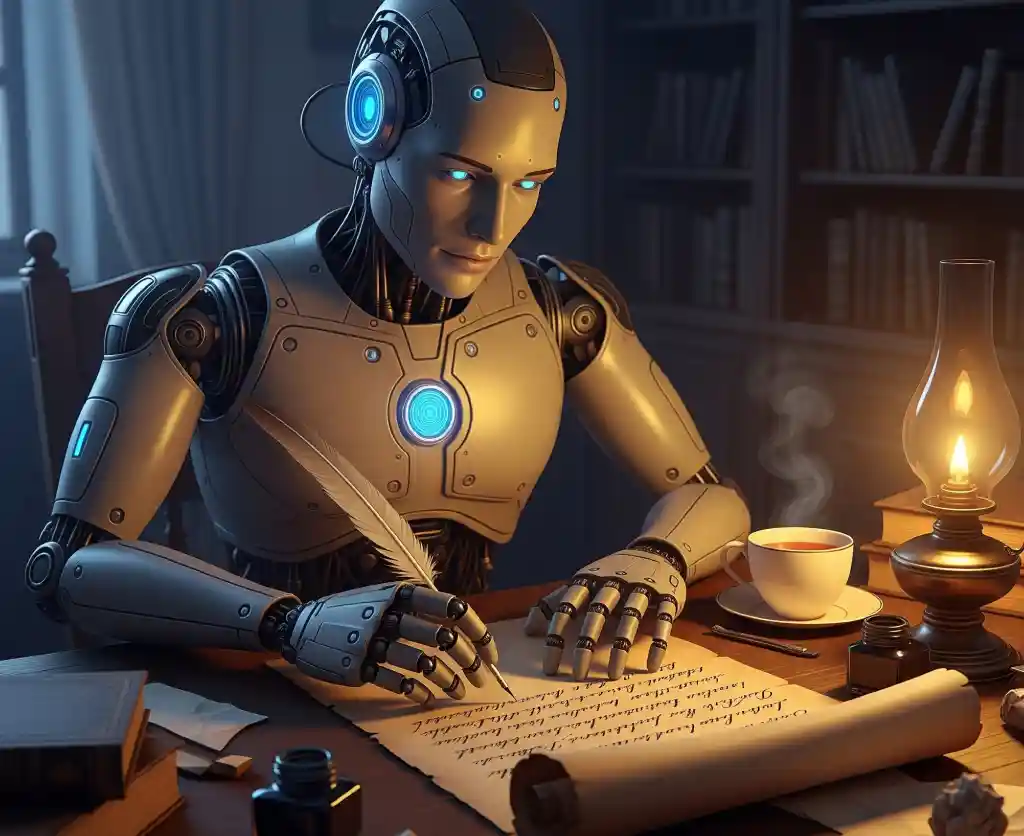
The technology is excellent at modifying content for various platforms and audiences. One essential piece of information can be modified for formal presentations, email newsletters, and social media.
One publishing company creates initial article drafts using AI. They are then improved and fact-checked by human editors. 40% more content without sacrificing quality is the end result. Research and preliminary structure are handled by the AI. Humans provide distinctive perspectives, validation, and editorial refinement.
Education and Training
AI-powered tutoring programs are being tested in schools. These produce learning resources that are tailored to each student’s needs. They can create interactive scenarios, practice problems, and reading-level explanations to aid students in comprehending difficult concepts.
In particular, language learning has changed. Conversations in target languages can now be produced by AI. It produces reading materials with precisely the appropriate degree of difficulty. It even gives feedback on pronunciation.
Students can practise speaking with impatient AI partners. Depending on the learner’s progress, these partners can instantly modify the level of complexity.
Design and Building
AI allows designers and architects to investigate design options at a never-before-seen pace. Designers can now produce dozens of variations in a matter of hours rather than weeks when creating initial concept sketches. As a result, they have more time to focus on honing the most promising concepts.
AI is being used by one architectural firm to create building designs based on functional requirements, local building customs, and climate data. AI enhances human creativity rather than replaces it. Architects can explore a lot more possibilities with it than they could with traditional methods.
Healthcare and Research
AI is accelerating drug discovery in medical research. It produces molecular structures that may be therapeutic. AI can investigate chemical possibilities far more quickly than conventional techniques, but human researchers still conduct the testing and validation.
Additionally, medical education is changing. Realistic case studies can be produced by AI. It produces anatomical diagrams that are tailored to various learning goals. For training, it even mimics interactions with patients.
The Good and Bad: Benefits and Challenges
Like most powerful technologies, generative AI brings both tremendous opportunities and significant challenges. Understanding both sides is crucial for using this new technology responsibly.
The Good: Amazing New Abilities
There is no denying the efficiency gains. Things that used to take a lot of time and specialised knowledge can now be completed in a matter of minutes. Without spending a fortune on agencies, small businesses can produce marketing materials of a high calibre. Students can receive round-the-clock, individualised tutoring assistance. Researchers can investigate a wide range of possibilities that would require a lifetime to manually review.
More significantly, AI is enabling everyone to be creative. Composing music, writing captivating stories, or producing visually striking art don’t require years of training. Entry barriers are reduced by the technology. It might enable millions of people who previously lacked the technical know-how to express their ideas to reach their full creative potential.
The collaborative element is just as fascinating. The most effective applications of AI appear to enhance human capabilities rather than replace them. AI is used by authors to get past writer’s block and consider new storylines. It is used by artists to create texture libraries and try out different styles. It is used by musicians to arrange compositions and experiment with musical progressions.
The Bad: Real Problems and Limits
However, there are significant problems with the technology. Although frequently impressive, the output quality can vary. Factual inaccuracies, logical errors, or subtle biases from training data can occasionally be found in AI-generated content. It is possible for the systems to generate content that appears authoritative but is wholly inaccurate. Scholars refer to this as “confident nonsense.”
Concerns regarding the effect on human employment and creativity are also legitimate. What will happen to human authors, artists, and musicians if machines are able to write articles, produce artwork, and compose music? The transition period can be difficult for impacted workers, even though history indicates that new technologies usually create as many jobs as they eliminate.
Complexity is increased by issues with intellectual property and copyright. Who is the rightful owner of the output when an AI creates an image in the style of a well-known artist or produces text that sounds a lot like the voice of a specific author? In order to answer these questions, legal frameworks are still being developed.
Additionally, the possibility of abuse is worrisome. The same technology that can aid students in their learning can also be used to produce spam content at a never-before-seen scale, fabricate images, or provide false information. It is getting harder and harder to distinguish between content produced by AI and content created by humans.
Looking Forward: What’s Next?
Predicting the future of any rapidly changing technology is risky. But several trends seem likely to shape the coming years.
Technical Growth
The speed at which AI systems’ fundamental capabilities are developing is astounding. Every generation creates more sophisticated reasoning, more logical text, and more realistic images. Systems that can remain consistent over much longer works are probably in our future. More complex instructions will be understood and acted upon by them. They will more easily incorporate various media formats.
For particular domains, specialised systems are starting to emerge. Clinical literature was used to train medical AI. AI with legal knowledge. AI for science that can understand research methodologies. In their particular fields, these specialised systems frequently perform better than general-purpose models.
Integration and Workflow
AI is increasingly being integrated into current software and workflows rather than being used as stand-alone tools. Word processors with integrated writing support. Create software using suggestion engines driven by AI. Intelligent code completion is increasingly common in development environments.
This trend of integration points to a future in which AI support is mostly undetectable. Instead of needing distinct apps or interfaces, it will be seamlessly integrated into our everyday tools.
Rules and Standards
Frameworks for the responsible development and application of AI are being established by governments and business associations. While not halting innovation, these initiatives concentrate on maintaining transparency, guarding against abuse, and defending individual rights.
Additionally, professional standards are evolving. Guidelines for when and how to use AI support are being developed by numerous organisations. How to reveal AI’s role in artistic creations. How to keep humans accountable in processes that use AI.
What This Means for People
What AI can do may not be the most crucial question. It’s the implications for future human creativity and labour.
According to the pessimistic perspective, human creativity will eventually become obsolete. where music, literature, and art produced by machines are identical to those created by humans.
According to the optimistic perspective, AI is the most creative tool available. It makes new kinds of artistic expression possible and expands human imagination.
Between these two extremes is probably where reality will lie. History indicates that human creativity is altered rather than replaced by new creative tools. Painting did not disappear because of photography. It created new artistic opportunities and released painters from merely documenting reality. Musicians were not replaced by digital music production. It opened up new genres and made music production more accessible.
AI is probably going to behave similarly. It might draw attention to more complex creative choices rather than displacing human creativity. Conceptualisation, curation, and the peculiarly human capacity to imbue work with emotional truth and personal significance.
Learning how to use these new tools efficiently will be crucial for both individuals and organisations. while preserving the aspects of humanity that technology cannot imitate. emotional intelligence, moral discernment, cultural awareness, and the capacity to infuse meaning that appeals to other people.
One thing appears to be certain as we stand at this pivotal moment. The creative landscape of the future will be significantly different from that of the present. Whether AI will change the way we create and work is not the question. It’s how we’ll adjust to utilise its potential while maintaining the qualities that make human creativity so priceless.
Generative AI is still in the early stages of development. Interestingly, we all contributed to its creation as co-authors. Not only will our tools be shaped by the decisions we make today regarding the development, implementation, and integration of these technologies. For many generations to come, they will influence the very essence of human artistic expression.

